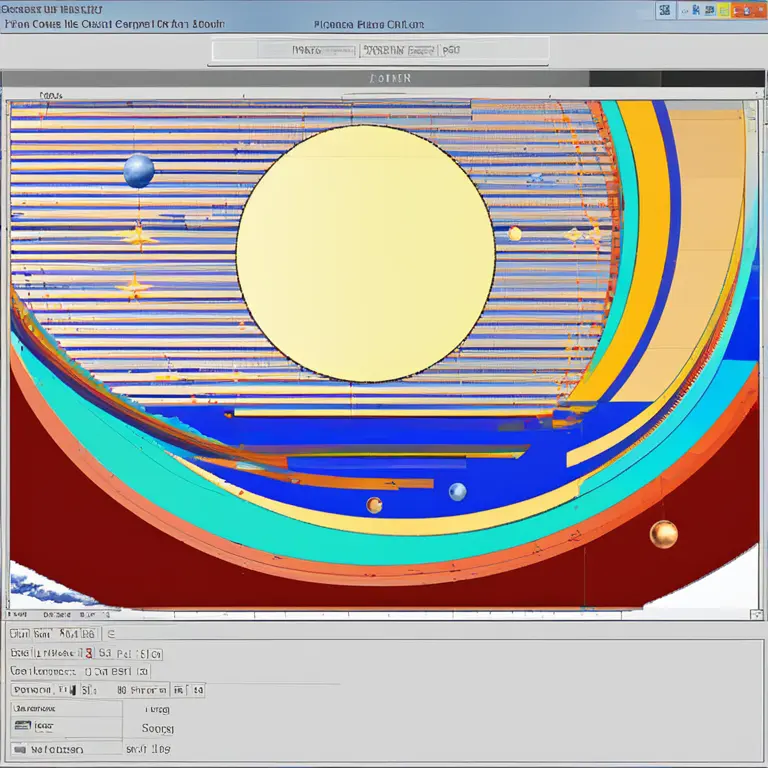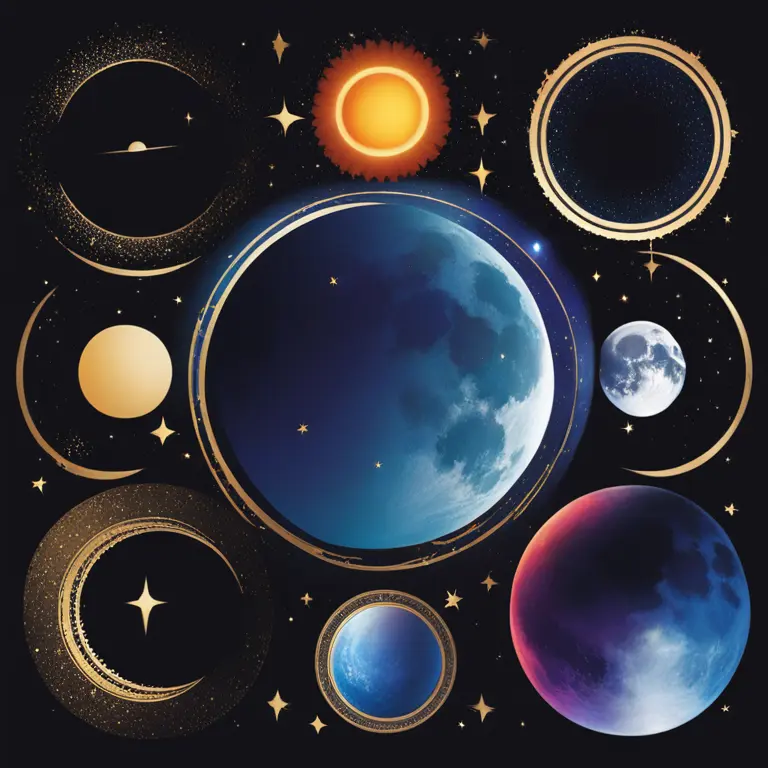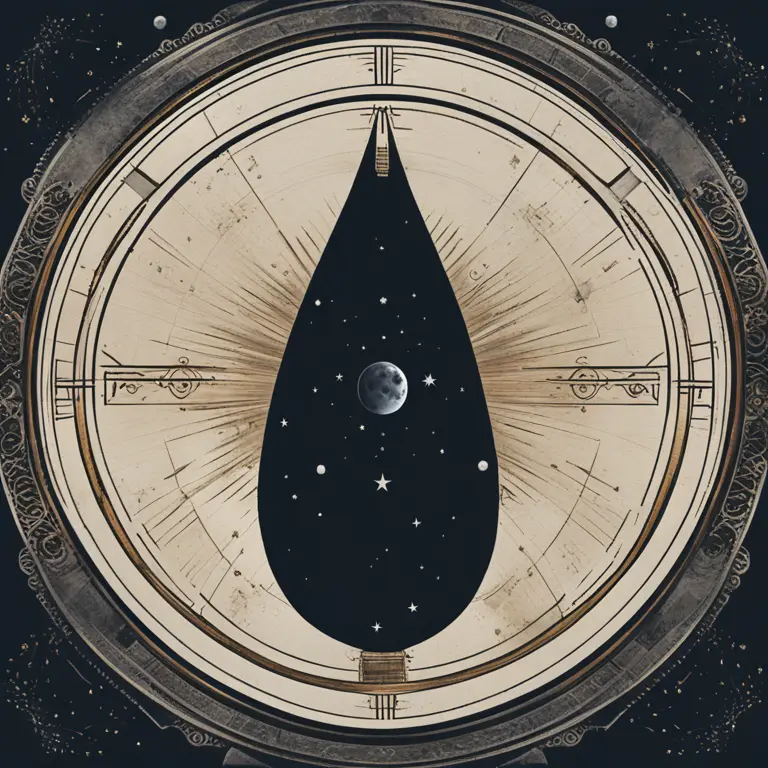
The Mystery of Changing Moon Phases
Discover why the moon's phases shift, influencing tides, moods, and astrology, and how they shape our lunar perception.
article by Priya Deshmukh
Moon's Mystical Cycle
Since time immemorial, the moon has been a source of wonder and mysticism. Its repeating pattern of phases, from the slender crescent to the full moon's luminous glow, affects both the Earth and human behavior. The moon's phases are a consequence of its orbit around Earth, and the varying angles of sunlight that reflect off its surface. Every phase signifies a unique moment in its cycle, aligning with astrological beliefs and the rhythm of our world. As we delve into lunar science, we uncover how these phases hold significance for future astrological forecasts, particularly as we gaze toward 2024 and beyond.

Interplay of Sun, Earth, and Moon
The primary reason for the moon's differing phases lies in the dynamic interplay between the moon, the sun, and Earth. As the moon orbits our planet approximately every 29.5 days, we observe different portions of the sunlit half of the moon. The phase of the moon is determined by its position relative to Earth and the sun. When the moon is between the Earth and the sun, we witness a new moon; conversely, when Earth is between the sun and the moon, a full moon graces our skies. This celestial dance ensures an ever-changing lunar visage, influencing tides, light, and energy according to astrological tradition.

Astrological Significance of Lunar Phases
Astrologically, each moon phase has unique implications. New moons are often associated with new beginnings and the planting of intentions, while full moons reflect culmination and release. As we look forward to 2024, we will observe new moons as perfect times for initiating projects, and full moons for reflection and letting go. Quarter moons, which show half illumination, represent decision-making points, urging us to adjust our paths as needed. The waxing crescent, first quarter, waxing gibbous, waning gibbous, third quarter, and waning crescent each offer a specific energy that can be harnessed in personal and spiritual practice.

Eclipses and Their Impact in Astrological Readings
Occasionally, we experience eclipses, which occur when the Earth, moon, and sun align more closely, disrupting the regular phase cycle. Solar eclipses happen at new moon when the moon obscures the sun, signaling intense new beginnings in astrology. Lunar eclipses coincide with the full moon phase, suggesting powerful completions or revelations. The eclipses of 2024, each with its potent astrological significance, will be periods of dramatic change and heightened emotion, urging individuals to pay close attention to their personal horoscopes during these times.

Tides, Emotions, and the Lunar Connection
Beyond astrology, moon phases are vital in controlling oceanic tides—gravitational forces between Earth and the moon cause high and low tides corresponding to the moon's position. Similarly, it is proposed that, since the human body consists mostly of water, our emotions and behaviors may ebb and flow with the lunar cycle. Although more esoteric than scientific, this connection forms a cornerstone of astrology, as the moon rules the sign of Cancer and is believed to govern emotional undercurrents and intuitions, elements crucial for accurate astrological forecasts.
Published: 1/19/2024
Modified: 1/19/2024
More predictions
Come back here soon to learn more about yourself and your future


Can Tarot Cards Forecast Timing Events?
Delving into the potential of tarot cards to predict timing, examining their symbolic language and the challenges in forecasting temporal outcomes.


The King of Swords in Tarot: Wisdom and Authority
Discover the profound symbolism and interpretation of the King of Swords in tarot, a figure of clear thinking and leadership.


The Ace of Wands Tarot Guide: Spark of Inspiration
Ignite your understanding of the Ace of Wands as it heralds potential, creativity, and breakthroughs in tarot readings for future guidance.